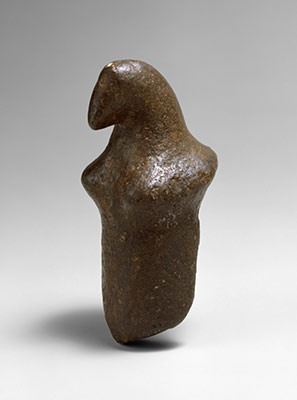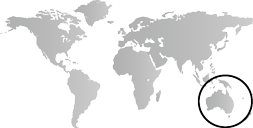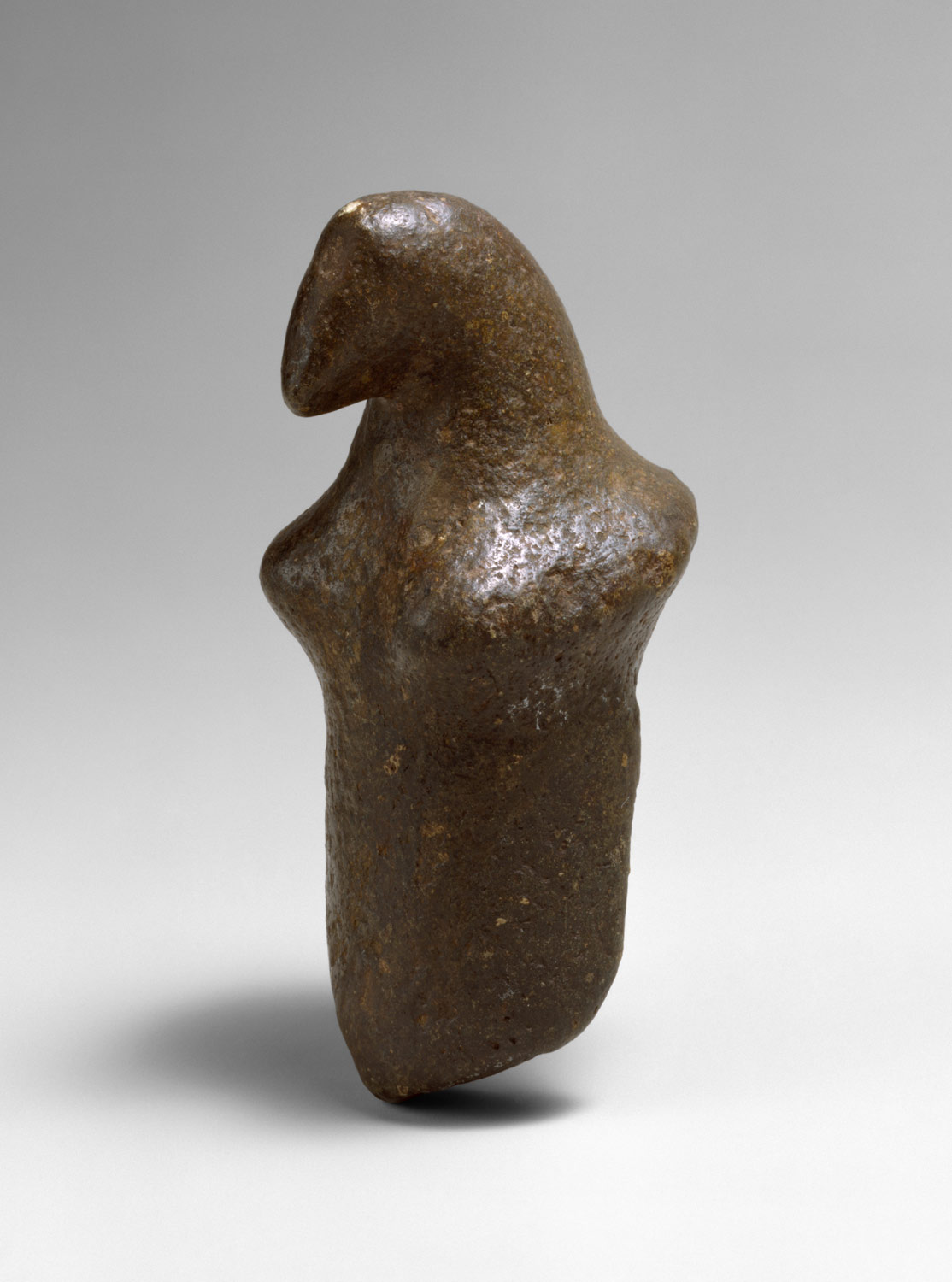The era from 1000 B.C. to 1 A.D. marks a period of consolidation and development for the Lapita settlers who first reached the islands of Western Polynesia between 1300 and 1000 B.C. By 500 B.C., the descendants of these first settlers begin to develop the earliest recognizably Polynesian cultures in Samoa, Tonga, and Fiji. Several centuries later, the Polynesians begin to venture out into the remote and widely separated archipelagos of the eastern Pacific, settling the Marquesas and northern Cook Islands between 200 B.C. and 1 A.D.
In the western Pacific, the era from 1000 B.C. to 1 A.D. is characterized by growing trade and interaction between the indigenous peoples of island Southeast Asia and cultures on the Asian mainland. Beginning in roughly 500 B.C., the Dongson culture, known for its extensive bronzeworking traditions, becomes active in Vietnam. Over the ensuing centuries, Dongson drums (2000.284.57) and other bronze objects are traded extensively in island Southeast Asia and their imagery becomes an important influence on the region’s indigenous artistic traditions. Trade goods from the islands also begin to appear on the mainland. Between 200 B.C. and 200 A.D., records and archaeological finds from the Han dynasty and the Roman empire show that clove, which grows only in the Maluku region of eastern Indonesia, is present in locations as widely dispersed as China and southern Europe.


